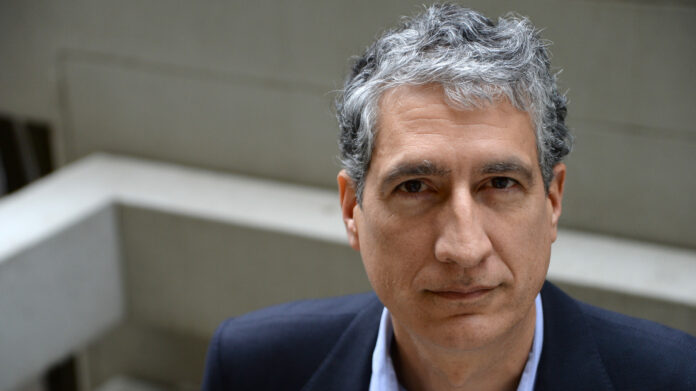
ANGLOGOLD Ashanti is to run an 18 month to two year asset-by-asset review in an attempt to force down cash costs to sub-$900/oz – a development that represents a second step in CEO Alberto Calderon’s efforts to drag the group back into peer group contention.
Speaking to media following the group’s fourth quarter and full year results – in which it reported a heavy 34% decline in basic earnings to $622m for the year – Calderon said there was an outside chance of portfolio adjustment as a result of the review, but he added that the intention was to primarily “put an eight in front” of cash costs.
“We are an outlier in our costs which are well above our peers but we’re working to be more competitive,” he said.
Sunrise Dam, AngloGold’s Australian mine, would be the first to undergo a review followed by a further five sites in 2022. The remaining sites will be assessed in 2023, AngloGold said in notes to its results announcement.
Calderon, who was appointed in July, has already cut head office staff to 311 from 526 which would save the company $40m. He said previously there was duplication of roles among other wastage at AngloGold.
AngloGold has forecast total cash costs of between $925 to $1,015/oz for its 2022 financial year which would effectively absorb 7% of expected inflation, and compares to $963/oz in cash costs for 2021. However all in sustaining costs (AISC), which includes sustaining and capital expansion, would be elevated this year at $1,295 to $1,425/oz compared to reported AISC of $1,355/oz for 2021.
“We are going through unusually high capex at the moment. Previously we have spent about $500m a year [in sustaining capex] but we’re going into $800m [a year]. Ideally we want to be in $1,100/oz AISC and $8-something in cash costs. That would put us in a good group.”
AngloGold has forecast capex of between $1,05bn and $1,15bn this year of which sustaining capex comprises between $770m and $840m. The non-sustaining capital of up to $310m includes the third phase of the Obuasi mine re-development.
Getting Obuasi back into full production is a key part of Calderon’s recovery plan following its seven month suspension last year following a pillar failure which killed an employee and led to a complete reassessment of the mine’s re-engineering plan.
As a result, 2021 production was significantly down to 2.47 million ounces compared to 2.8 million oz in the 2020 financial year, notwithstanding a second half recovery. Lower production was also a contributing factor to the 58% year-on-year decline in headline earnings for the year to $260m.
AngloGold announced a final dividend of 14 US cents a share – a $60m payout – compared to a 48c/share dividend announcement at the close of the previous financial year.
One positive was a $107m dividend payment from Kibali, the firm’s Democratic Republic of Congo (DRC) joint venture which AngloGold shares with Barrick Gold, the operator. Cash has been locked up for two years in the DRC which is related to a complication stemming from the country’s 2018 Mining Code.
Outgoing CFO, Christine Ramon, said AngloGold had a positive balance at the joint venture of $499m compared to $512m in the third quarter post the dividend payment. “We have very good momentum,” said Ramon of payments. According to Barrick CEO Mark Bristow earlier this month, he was expecting attributable dividends of $300m imminently followed by another $300m tranche from the DRC government.
New US production
AngloGold said it would begin first production in about three years from its recently consolidated properties in the prolific Nevada gold fields culminating in annual production of 300,000 oz a year for 10 years.
This followed the $370m acquisition of Corvus Gold completed in September which is the basis for its consolidation. The first property to be developed would be Covus’s North Bullfrog deposit followed by AngloGold’s Silicon property on which a 3.4 million oz resource has recently beed declared.
“This pathway provides the opportunity for project capital expenditure intensity to develop – in a staged fashion – a district is expected to yield more than 300,000 oz of annual production over more than a decade, at a Tier One cost structure. Sulphide processing and underground mining will be evaluated in the longer term,” said AngloGold.
First production from Nevada would precede Quebradona, AngloGold’s Colombia prospect which has been delayed by up to two years following the rejection by the government (“sent back for improvement”) of the firm’s environmental plan.
Permitting for North Bullfrog would begin in the first half of AngloGold’s financial year while a feasibility study has been commissioned for the Silicon deposit.










